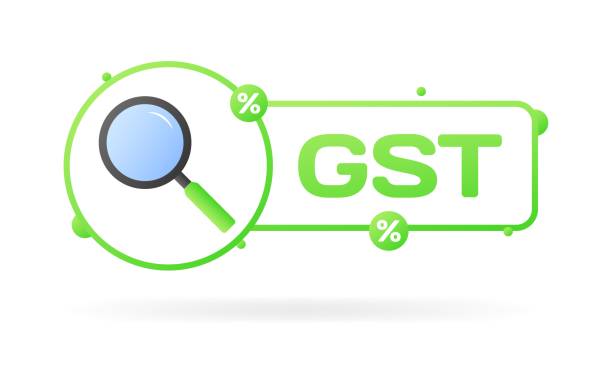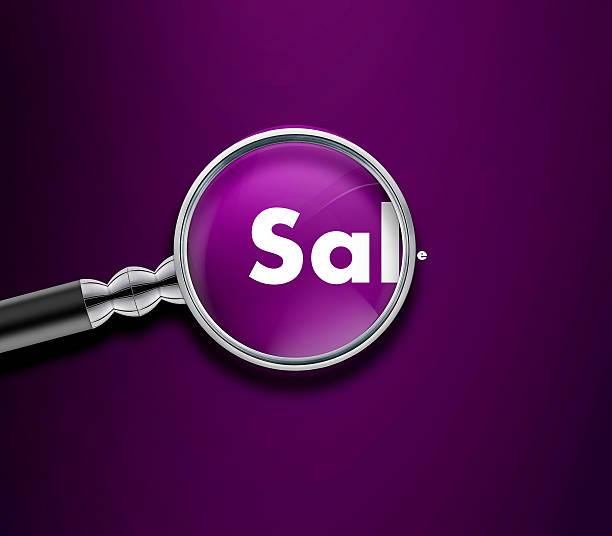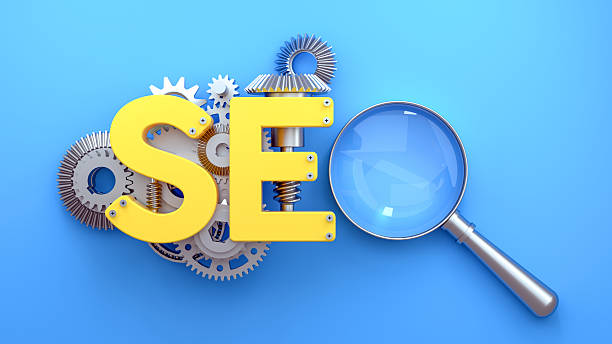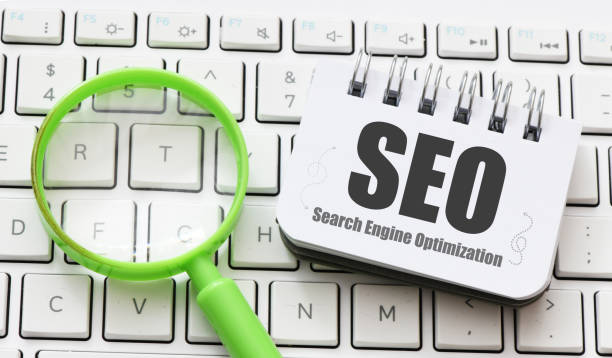An Introduction to Technical SEO and Its Importance in 2024

Technical SEO refers to a set of actions taken to optimize the infrastructure and technical structure of a website for search engines.
In fact, technical SEO helps search engines easily crawl, index (#index), and understand your website.
In 2024, with the increasing complexity of search engine algorithms like Google’s, the importance of technical SEO has become even more apparent.
A website with an optimized structure and no technical errors has a better chance of achieving top rankings in search results.
Ignoring technical SEO can lead to a decrease in organic traffic, a reduction in conversion rates, and ultimately, damage to your online business.
Therefore, investing in technical SEO is a necessity for any business looking to succeed in the digital world.
In this guide, we will comprehensively examine technical SEO and its practical techniques.
Worried about losing customers due to not having a professional online store?
Forget those worries with online store design by Rasaweb!
✅ Significant increase in sales and visitor-to-customer conversion rate
✅ Professional and user-friendly design that earns customer trust
⚡ Get a free consultation from Rasaweb
Reviewing and Optimizing Site Architecture

Site architecture is how a website’s pages are organized and connected to each other.
A good site architecture helps users and search engines easily navigate the site and find the pages they are looking for.
Creating a logical and hierarchical site structure is of utmost importance.
For this purpose, you can use the following methods:
- Creating clear and related categories: Place the pages of your site into specific categories based on related topics.
- Using a navigation menu: A clear and user-friendly navigation menu helps users quickly access different parts of the site.
- Creating a sitemap: An XML sitemap helps search engines identify and index all the pages on your site (source).
- Using internal links: Internal links connect different pages of the site to each other and help search engines understand the relationship between pages.
Also, you should avoid creating orphan pages.
Orphan pages are pages that have no incoming links from other pages on the site, making it difficult for search engines to find them.
Optimizing Page Speed

Page speed is one of the important factors in ranking a site in search engines.
Users expect web pages to load quickly, and if the site is slow, users are more likely to leave it.
Google also gives great importance to site speed, and sites that have higher speed have a better chance of achieving top rankings.
To optimize site speed, you can use the following methods:
- Optimizing images: Reduce the size of images without compromising quality.
- Compressing files: Compress CSS, JavaScript, and HTML files.
- Using a CDN: Use a content delivery network (CDN) to load site content faster.
- Enabling browser caching: By enabling browser caching, the site’s files are stored in users’ browsers and load faster on subsequent visits.
- Optimizing code: Optimize HTML, CSS, and JavaScript code and remove extra code.
To measure site speed, you can use tools such as Google PageSpeed Insights and GTmetrix.
| Tool | Features | Link |
|---|---|---|
| Google PageSpeed Insights | Measuring site speed and providing optimization suggestions | Link |
| GTmetrix | Measuring site speed and providing comprehensive reports | Link |
Mobile Optimization and Responsive Design

With the increasing use of mobile phones to search the internet, mobile optimization has become one of the most important factors in SEO.
Google prioritizes websites that are optimized for mobile and displays them higher in search results.
To optimize for mobile, you can use the following methods:
- Responsive Design: Use a responsive design that automatically adapts to the screen size of different devices.
- Using readable fonts: Use fonts that are easy to read on mobile phones.
- Optimizing images: Optimize images for mobile phones and reduce their size.
- Avoiding the use of Flash: Avoid using Flash on your website, as it is not supported on many mobile phones.
- Optimizing site speed: Optimize the site’s loading speed on mobile phones.
Google offers a tool called Mobile-Friendly Test that helps you check your website for mobile compatibility.
Did you know that 85% of customers review your company’s website before any interaction?
With Rasaweb, build a corporate website that deserves your credibility.
✅ Increase customer credibility and trust
✅ Attract high-quality leads
⚡ Get a free website design consultation
The Importance of HTTPS and Site Security

HTTPS is a secure protocol for transferring data between a user’s browser and the website’s server.
Using HTTPS increases website security and protects user information.
Google prioritizes websites that use HTTPS and displays them higher in search results.
To enable HTTPS, you must obtain an SSL (Secure Sockets Layer) certificate for your website.
After installing the SSL certificate, all your site traffic is transferred in encrypted form.
Using HTTPS not only increases site security but also builds user trust.
Users trust websites that use HTTPS more and are more likely to enter their personal information on these sites.
Checking and Fixing Crawl Errors

Search engines like Google use crawlers to crawl and index website pages.
Crawlers visit site pages and follow the links in them to identify new pages.
If crawlers encounter errors while crawling, they may not be able to index all of your site’s pages, which can negatively affect your site’s ranking.
To check and fix crawl errors, you can use tools such as Google Search Console.
In Google Search Console, you can view reports on crawl errors and take action to fix them.
Some of the most common crawl errors include:
- Error 404 (Page Not Found): This error occurs when a user or crawler requests a page that does not exist.
- Error 500 (Internal Server Error): This error indicates a problem with the website’s server.
- DNS Error: This error occurs when the server is unable to translate the domain name to an IP address.
By identifying and fixing these errors, you can ensure that search engines can easily crawl and index all the pages of your site.
Using Structured Data to Improve Display in Search Results

Structured data is code that helps search engines better understand the content of your website pages.
By using structured data, you can provide additional information about your content to search engines and help them properly categorize your content.
Using structured data can lead to improved display of your website in search results.
For example, if you have published a recipe on your website, you can use structured data to display information such as cooking time, ingredients, and calories in search results.
Google uses structured data to create rich snippets.
Rich snippets display additional information next to the page title and description and can attract users’ attention and increase click-through rate (CTR).
To use structured data, you can use Schema.org standards.
| Structured Data Type | Description | Example |
|---|---|---|
| Recipe | For cooking recipes | Displaying cooking time, ingredients, and calories |
| Product | For products | Displaying price, rating, and availability |
| Event | For events | Displaying date, time, and location |
Managing Robots.txt File and Preventing Crawling of Unnecessary Pages

The Robots.txt file is a text file that tells search engines which pages of your site they should not crawl.
By using the Robots.txt file, you can prevent crawling of unnecessary pages such as login pages, admin pages, and pages with duplicate content.
This can help optimize your site’s crawl budget.
Crawl budget is the amount of time search engines spend crawling your site.
If your site’s crawl budget is limited, search engines may not be able to index all the pages of your site.
To create a Robots.txt file, you must create a text file named robots.txt and place it in the root of your domain.
In the Robots.txt file, you can use the Disallow and Allow directives to specify which pages should not be crawled and which pages should be crawled.
For example, to prevent crawling of all pages of the site, you can use the following directive:
User-agent: *
Disallow: /To prevent crawling of a specific page, you can use the following directive:
User-agent: *
Disallow: /example-page/ Before creating the Robots.txt file, you should carefully check which pages of your site do not need to be crawled and which pages should be crawled.
Mistakes in setting up the Robots.txt file can lead to the removal of important pages of your site from search results.
Does your company website perform as it should for your brand? In today’s competitive world, your website is your most important online tool. Rasaweb, a specialist in designing professional corporate websites, helps you to:
✅ Gain customer credibility and trust
✅ Convert website visitors into customers
⚡ Get a free consultation!
The Role of Canonical Tags in Preventing Duplicate Content

Canonical Tags are HTML tags that tell search engines which version of a page is the original and valid version.
These tags are used to prevent problems caused by duplicate content.
Duplicate content occurs when the same content is available on multiple different URLs.
This can confuse search engines and negatively affect your site’s ranking.
To use Canonical Tags, you must place the tag <link rel=”canonical” href=”URL”> in the <head> section of each page.
In this tag, you specify the URL of the original and valid version of the page.
For example, if the following two URLs have similar content:
https://example.com/product
https://example.com/product?color=red
You should place the following Canonical tag on the page https://example.com/product?color=red:
<link rel="canonical" href="https://example.com/product"> By using Canonical Tags, you can tell search engines that the page https://example.com/product is the original and valid version and should be displayed in search results.
Using Canonical Tags is especially important for online stores that have similar products with different features.
Monitoring and Measuring Technical SEO Results

After making changes related to technical SEO, you should regularly monitor and measure your results.
This helps you understand which changes have been effective and which changes need to be modified.
To monitor and measure the results of technical SEO, you can use various tools such as Google Analytics and Google Search Console.
In Google Analytics, you can check your site’s organic traffic and see if traffic has increased after making changes.
You can also review user behavior on your site and see if users can easily find the pages they are looking for.
In Google Search Console, you can view reports on your site’s performance in search results and see if the number of clicks and impressions of your site has increased.
You can also check for crawl errors and take action to fix them.
SEO is an ongoing process and requires patience.
By regularly monitoring and measuring your results, you can gradually improve your site’s SEO and achieve higher rankings in search results.
By using this guide, you can increase your knowledge of technical SEO and optimize your website for long-term success.
Remember that #website optimization is a journey, not a destination.
Frequently Asked Questions
| Question | Answer |
|---|---|
| What is SEO? | SEO or Search Engine Optimization is the process of increasing the quality and quantity of website traffic by improving the site’s ranking in the natural (organic) results of search engines such as Google. |
| What are the main types of SEO? | SEO is divided into three main categories: On-Page SEO, Off-Page SEO, and Technical SEO. |
| What does On-Page SEO include? | On-Page SEO includes optimizing elements within the website, such as keywords, page title (Title Tag), meta description (Meta Description), content, URL structure, images, and internal links. |
| What is Off-Page SEO? | Off-Page SEO refers to activities outside of the website that help improve its ranking, such as backlink building, social media marketing, and brand mentions. |
| What is Technical SEO? | Technical SEO deals with optimizing the technical aspects of a website to help with better crawling and indexing by search engines. This includes site speed, mobile-friendliness, site structure, sitemaps, and the Robots.txt file. |
| What role do keywords play in SEO? | Keywords are the phrases that users enter into search engines. The correct and targeted use of relevant keywords in the content and site elements helps search engines understand the topic of your page and display it for relevant searches. |
| What is a backlink and why is it important? | A backlink or incoming link is a link from one website to another. Backlinks act as a “vote of confidence” from other sites for search engines and play an important role in the credibility and ranking increase of the site, especially if they are from reputable sites. |
| What is the impact of quality content on SEO? | Quality, relevant, comprehensive, and unique content not only attracts and retains users but also shows search engines that your page is valuable. This helps improve ranking, reduce bounce rate, and increase user time on the site. |
| Why is site loading speed important for SEO? | Site loading speed is an important ranking factor for Google. Faster sites provide a better user experience, have a lower bounce rate, and are preferred by search engines. |
| Is SEO a one-time process? | No, SEO is an ongoing and long-term process. Search engine algorithms are constantly changing, competition is increasing, and site content also needs updating. Therefore, SEO requires continuous monitoring, analysis, and optimization. |
And other services of Rasa Web Advertising Agency in the field of advertising
Smart Reportage: A dedicated service for online growth based on attractive user interface design.
Smart Digital Branding: An effective tool to attract customers with the help of attractive user interface design.
Smart Sales Automation: A combination of creativity and technology for managing campaigns by dedicated programming.
Smart UI/UX: A dedicated service for growing customer behavior analysis based on marketing automation.
Smart Marketing Automation: A professional solution for online growth with a focus on dedicated programming.
And more than hundreds of other services in the field of internet advertising, advertising consulting and organizational solutions
Internet Advertising | Advertising Strategy | Reportage Advertising
Sources
The Ultimate Guide to Technical SEO From Search Engine Journal
,Technical SEO at Moz
,Ahrefs’ Technical SEO Guide
,SEO Starter Guide from Google Search Central
? See your business at the height of competitiveness with the services of Rasaweb Afarin Digital Marketing Agency. From dedicated website design and SEO to targeted advertising campaigns, we offer comprehensive solutions for your growth and success. To learn more about our services and receive advice, contact the Rasaweb Afarin expert team today and build your digital future.
📍 Tehran, Mirdamad Street, next to the Central Bank, South Kazerun Alley, Ramin Alley, No. 6



